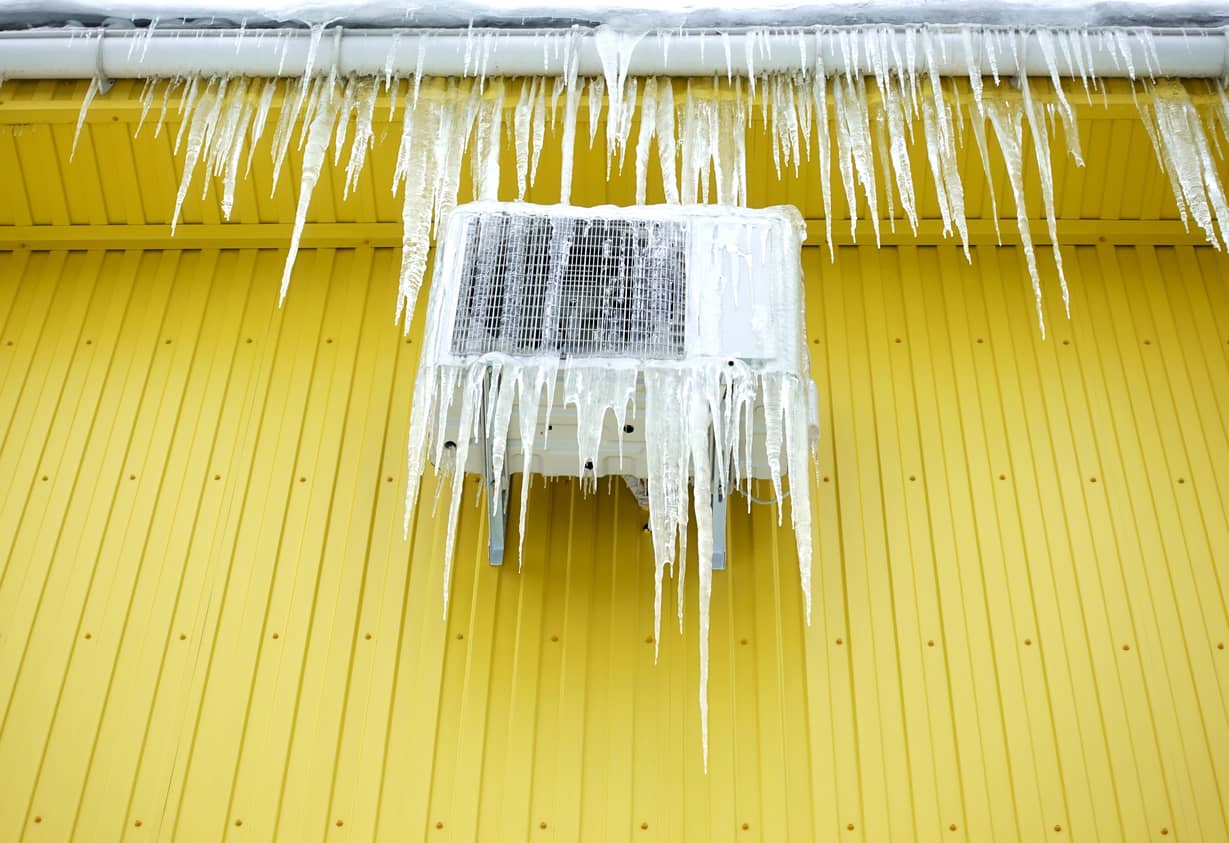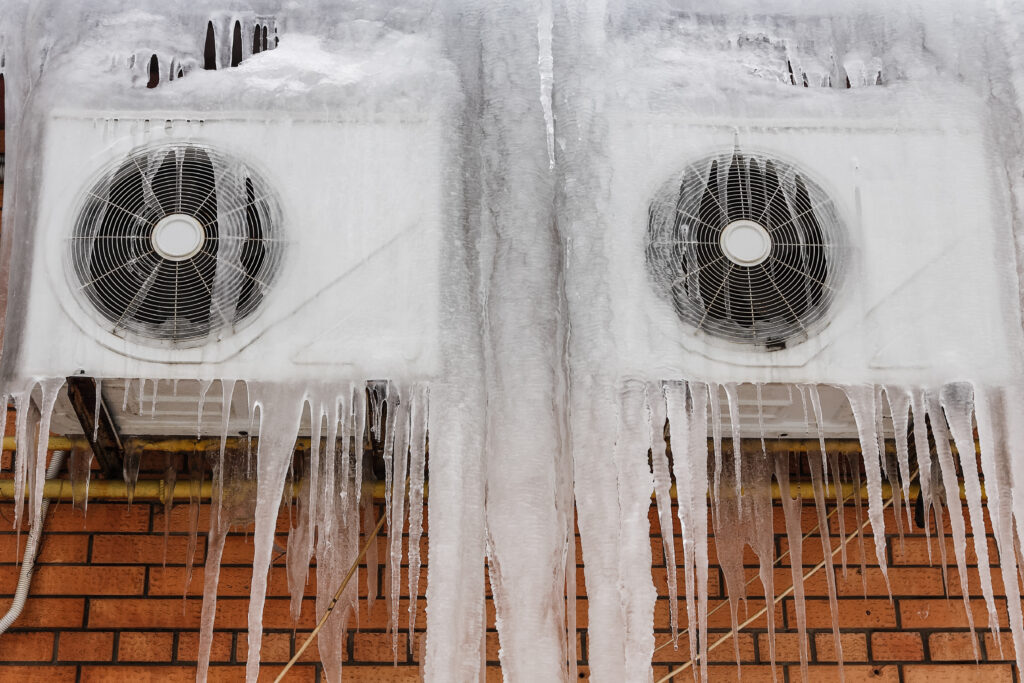Dealing With a Frozen AC Pipe - Advice for Resolving the Issue
Dealing With a Frozen AC Pipe - Advice for Resolving the Issue
Blog Article
Listed here in the next paragraph you will discover more good news in regards to How can I fix an air conditioner’s frozen pipe?.

Introduction
Uncovering that your air conditioning pipeline is frozen can be concerning, specifically throughout hot summer season when you depend on your a/c unit the most. Recognizing what to do in such a situation is important to prevent additional damage to your cooling system and guarantee your comfort inside.
Recognizing the Causes
A number of elements can contribute to the cold of an air conditioner pipeline. Understanding these causes can help you address the concern effectively.
Lack of Airflow
One common root cause of an icy air conditioner pipe is inadequate air flow. When the air flow over the evaporator coil is limited, it can create the coil to go down below freezing temperature, resulting in ice formation on the pipeline.
Reduced Refrigerant Levels
Inadequate refrigerant levels in your a/c system can likewise lead to an icy pipe. Reduced refrigerant degrees can cause the stress in the system to drop, resulting in the freezing of dampness on the evaporator coil.
Cold Weather Conditions
In colder climates, freezing temperature levels outside can contribute to the cold of air conditioner pipelines. If your air conditioning device is not appropriately insulated or if there are leakages in the ductwork, cool air can infiltrate the system, triggering the pipeline to ice up.
Dirty Air Filters
Unclean or clogged air filters can limit airflow in your AC system, bring about different issues, including an icy pipeline. It's vital to change or clean your air filters regularly to guarantee proper airflow and avoid ice build-up.
Indications of a Frozen A/c Pipe
Recognizing the signs of a frozen a/c pipeline is critical for punctual action.
Decreased Airflow
If you see a considerable reduction in airflow from your vents, it might suggest an icy pipe.
Ice Buildup on the Pipe
Noticeable ice accumulation on the refrigerant line or the evaporator coil is a clear sign of a frozen AC pipeline.
Odd Sounds from the Unit
Uncommon sounds, such as hissing or bubbling, originating from your AC system can indicate that there's ice existing on the pipe.
Immediate Actions to Take
When confronted with a frozen air conditioning pipeline, it's vital to act rapidly to prevent additional damages to your air conditioning system.
Shutting off the a/c
The first step is to turn off your a/c unit to stop the system from running and intensifying the problem.
Looking for Blockages
Examine the area around the indoor system for any type of blockages that may be obstructing air flow, such as furnishings or curtains.
Thawing the Pipe
You can utilize mild approaches like putting towels taken in warm water around the frozen pipeline to help thaw it slowly.
Preventive Measures
Taking preventive measures can aid prevent future incidents of an icy air conditioning pipe.
Routine Maintenance Checks
Set up normal maintenance contact an expert HVAC professional to guarantee that your a/c system is running efficiently.
Altering Air Filters
Consistently change or clean your air filters to avoid air flow constraints and maintain optimal efficiency.
Protecting Exposed Pipes
If your air conditioning pipelines are revealed to cold temperatures, consider insulating them to prevent cold during winter months.
Looking For Professional Help
If DIY techniques stop working to resolve the issue or if you're unsure regarding exactly how to continue, it's best to look for support from a qualified HVAC specialist.
When DIY Methods Fail
If your efforts to thaw the pipeline or address other problems are not successful, it's time to call an expert.
Relevance of Hiring a Professional HVAC Technician
A licensed HVAC service technician has the expertise and devices needed to identify and repair issues with your AC system securely and effectively.
Final thought
Dealing with an icy air conditioning pipeline can be a discouraging experience, yet knowing just how to react can assist decrease damages and restore convenience to your home. By comprehending the causes, identifying the indicators, and taking prompt action, you can successfully attend to the problem and protect against future occurrences.
What to Do If Your AC Line Is Frozen
Make Sure All Supply and Return Air Vents Are Open
If you notice problems with airflow, the first thing you should do is check your supply and return vents. Supply vents distribute clean, conditioned air throughout your home. As this air becomes stale, it’s pulled into the return vent, where it’s reconditioned before being sent back out through the supply vent.
When these vents are closed, air won’t flow in the home. Before examining your AC, check the vents in every room and ensure they’re all open.
Check for a Dirty Air Filter
Another possible cause of limited airflow is a dirty air filter. Your air conditioner’s filters catch elements you don’t want to breathe in, such as dirt and dust. Over time, filters can become clogged, ultimately blocking air from flowing in and out. The lack of airflow can then cause the entire coil to freeze and will completely restrict any air from moving through it. The AC may need to be powered off for one to two days to allow the coil to thaw after replacing the filter to allow proper functioning of the unit. This debris can also accumulate on your AC’s evaporator coil, requiring a more serious repair. In general, air filters should be cleaned regularly (about every two weeks).
Assess Your Outdoor Unit
In addition to checking your AC, assessing the outdoor unit is a good idea. Also known as the condensing unit, it works with your interior unit to release heat outside. An issue with the outdoor unit can result in rising internal temperatures.
Overgrown Shrubs or Clogged Leaves
From leaves and twigs to shrubs and debris, there’s no shortage of outdoor elements that can accumulate around your condensing unit. When these elements get lodged inside the unit, they can block airflow. Fortunately, removing the blockage can solve the problem.
Sounds of a Broken Fan
Shrubs and leaves aren’t the only things that can impede your outdoor unit’s airflow. If the fan is broken, the unit won’t be able to properly get rid of heat — which means the internal temperature won’t go down. First, make sure the fan is spinning. If it is, check for the following sounds of a broken fan:
Buzzing Rattling Screeching Hissing Clicking Preventative Measures
Nobody wants to deal with a frozen AC line. In addition to causing problems with your air conditioner, they require professional repairs. On the bright side, there are preventative measures you can take to help ensure this issue doesn’t arise in the first place.
https://www.coopergreenteam.com/blog/what-to-do-if-ac-line-frozen

I am just very focused on How can I fix an air conditioner’s frozen pipe? and I'm hoping you appreciated the entire blog posting. Are you aware of somebody who is curious about the niche? Why not promote it. I am grateful for your time. Visit us again soon.
Get A Free Quote Report this page